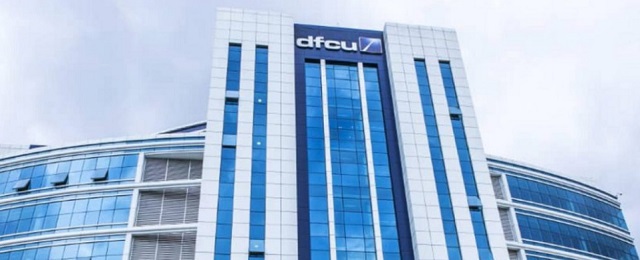
But the recovery in the economy is expected to boost growth in 2022
Kampala, Uganda | ISAAC KHISA | dfcu bank’s net profit fell 46% for the year 2021 to Shs13.2billion due to the increase in non-performing loans but the management believes that the recovery of economy that had been battered by coronavirus pandemic will reverse the trend.
This is the lowest profit ever recorded in more than a decade since 2008 when it earned Shs13.1billion.
The lender’s NPL increased from Shs94billion in 2020 to Shs274billion in 2021 as a result of negative impacts of the coronavirus pandemic.
In addition, the bad debts written off increased from Shs13.9billion to Shs37.5billion as loan exposures increased from Shs 351billlion to Shs 480billion during the same period.
dfcu Chief Executive Officer, Mathias Katamba, said despite the decline profits, the lender delivered a strong topline growth with a 21% increase in operating income driven by both interest and non-interest income.
“We also achieved a 26% reduction in interest expense, and improved operational efficiency demonstrated by a significant improvement in the cost to income ratio from 63% to 49%,” he said.
Katamba said due to slow economic activity, the lender took a cautious approach to credit growth focusing on the specific sectors that remained active in the period while providing relief to those that had restrictions such as education and hospitality.
He, however, said the number of borrowing customers increased during the same period, underpinning their retail focus.
Customer deposits declined from Shs 2.5trillion to Shs 2.2trillion in line with the improvement in the economy as depositors re-started to implement their investment plans.
The bank’s assets, too, dropped from Shs3.5trillon to Shs3.1trillion but it remains well capitalized.
No indications have been made on whether or not the lender will pay dividends.
Genesis of profit drop
dfcu bank, which recorded a consistent growth in profits in the past years, suddenly started to record a slow growth following acquisition of the defunct Crane bank assets in 2017. This is because some the loans that the lender took over from Crane Bank transactions have never been recovered.
dfcu’s Crane bank acquisition boosted its profitability only in 2017 with net profit nearly tripling to Shs127billion, up from Shs46.27billion in 2016 and Shs 37billion in 2015. But this was short-lived.
The lender’s profit slowed to Shs60.9billion in 2018 before raising to Shs 73.4billion in 2019. However, in 2020, the profits declined to Shs 24bn.
Katamba says with the full reopening of the economy and the economic activity expected to bounce back with real GDP projected to grow by 6%, the lender is expected to record profit growth.
“We also expect demand for credit to return as businesses recover and reposition for growth,” he said. “We will continue to focus on the growth of our retail business, supporting businesses and individuals in the post covid recovery during 2022, in addition to building resilience in our loan book through rehabilitation and debt recovery programs.”
****
 The Independent Uganda: You get the Truth we Pay the Price
The Independent Uganda: You get the Truth we Pay the Price



